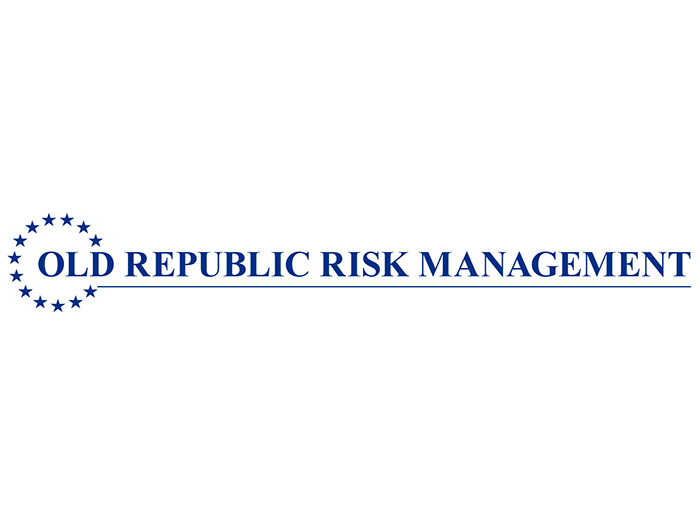Perspective | Pricing Terrorism Risk in a Small Town
Terrorists strike when and where they are least expected, more or less. Eighteen years after that awful day in September 2001, even with the sophisticated deterrent services we have subsequently developed, it remains challenging to anticipate terrorists’ thinking.
Some knowledge is possible. Major cities are more likely to be targets than small towns, because the public relations power of, say, a Times Square bombing greatly exceeds that of damaging a small town in the middle of nowhere.
Internet monitoring, as far as it is possible, can alert the authorities to potential danger. And loose lips sink ships: terrorists, like anyone else, often can’t help but boast.
Still, pricing insurance coverage against terrorism risk must be a nightmare. What, how, where or when terrorist activity will take place is tough to forecast. We know why, but only vaguely: sane people don’t kill innocent children.
You probably won’t have heard of a town called Thetford in Norfolk, one of England’s eastern-most counties. Thetford has 24,000 residents.
The Encyclopaedia Britannica lists its keenest points of interest as “the remains of a Cluniac priory, a Benedictine nunnery, and a large mediaeval mound known as Castle Hill.” (The Cluniacs were monks, not fans of the aging actor.)
Of greater interest to some is the Thetford museum devoted to a 50-year-old British TV show called Dad’s Army. The program still airs worldwide, because nostalgia dies hard for the days of the Home Guard, the paramilitary organization formed largely of local volunteers otherwise ineligible for military service.
Thetford would not feature near the top of, or even on, a list of preferred sites in which terrorists might do their dirty work. Yet, following a visit from the Thetford police force’s counter-terrorism expert, the local authorities took out an insurance policy in case extremists were to strike.
What’s interesting about the decision is the premium. The damage might be costly, even if the risk is low. So a premium of £1,600 (about $2,000) a year is probably in the right ballpark: as much as the market will bear. My annual health insurance premium is higher, and there’s only one of me.
Thetford residents are unimpressed. “There’s more chance of being kicked to death by butterflies than a terrorist attack,” one said. Thetford is uninsured against butterflies.
When my hometown stages its annual air show, about 10,000 people attend. Heavy-duty bollards are installed at major intersections, at significant cost. There is a real chance of being pecked to death by seagulls, but sleepy seaside towns are not prime targets for ISIS. The local council nevertheless feels it must take precautions.
It’s hard, I suppose, to criticise small town authorities for their thinking. Have you boarded a plane lately?
Lake City in Florida contentiously used insurance to pay $470,000 in ransom to hackers. Baltimore is considering doing the same. The border between Northern Ireland (which is part of the United Kingdom) and Ireland (which is not) was a sticking point in the Brexit negotiations primarily for fear of renewed terrorism.
If you look at the way we live, the terrorists have already won. Why wouldn’t the authorities in small towns be afraid, if everyone else is too? &










